Welcome to one of the most active flamenco sites on the Internet. Guests can read most posts but if you want to participate click here to register.
This site is dedicated to the memory of Paco de Lucía, Ron Mitchell, Guy Williams, Linda Elvira, Philip John Lee, Craig Eros, Ben Woods, David Serva and Tom Blackshear who went ahead of us.
We receive 12,200 visitors a month from 200 countries and 1.7 million page impressions a year. To advertise on this site please contact us.
|

|
|
Which palo (cante) to learn/transcribe?
|
You are logged in as Guest
|
|
Users viewing this topic: none
|
|
Login  | |
|

   
Ricardo
Posts: 14797
Joined: Dec. 14 2004
From: Washington DC

|
 RE: Which palo (cante) to learn/tran... (in reply to kitarist) RE: Which palo (cante) to learn/tran... (in reply to kitarist)
|
|
|
Yikes. The BartoK is a mess. 4/4 6/4 7/8 what??? I would have to hear it. If it was meant to be like “cante Libre” then we have an opportunity to simplify rhythmic intentions of phrase for ease of readability and purpose, not make it overly complex. If this was the opposite case, well, he must be confused about the “compas” of whatever they were doing.
As for the table, I would need references and specifics in order to relate or find it useful to cante, as it looks there it’s all Greek to me lol. One point I made a long time back about Norman’s Solea structure... I found it important to note that the two letra types ABCD vs ABC interms line and rhyme structure, could confuse the issue regarding the music phrase. In other words the “Cambio” and it’s repeat structure musically looks like abcdcd but the other looks like abcbc...and that is misleading cuz they are doing the same thing musically but look different with that analysis. I proposed A1A2BC for the 4 liners so musically the structure relations hold. Or another way to see it would be that the three liners don't use the B line, so you have ACDCD.
The main problem is that the 4 liners do this with the words: ABCDAB, thanks to rhyme, however the melody is doing ABCDCD. (I would do A1A2BCB1C2 so letters imply music, 1,2 refer to the lyric. All solea simplify to ABC). Another is BBBBCDAB...again musically it could be A2A2A2A2,BCB1C2. Because to me, all solea need the B line to musically correspond to a set up that needs resolution (C). I don’t think the lyric repeat patterns are more important than the music repeat pattern, because the guitarist has to understand to correctly harmonize the melody, not the words. Norman disagreed because he felt it common knowledge that the cambio repeats except when it doesn’t. To me however, once things are thought to be “common knowledge”, then there is no more need for analysis. If accompaniment of cante were so easy you would see many more people doing that than being singers, but it’s actually the opposite.
_____________________________
CD's and transcriptions available here:
www.ricardomarlow.com
|
|
|
|
REPORT THIS POST AS INAPPROPRIATE |
Date Oct. 26 2020 14:47:32
 |
|
 New Messages New Messages |
 No New Messages No New Messages |
 Hot Topic w/ New Messages Hot Topic w/ New Messages |
 Hot Topic w/o New Messages Hot Topic w/o New Messages |
 Locked w/ New Messages Locked w/ New Messages |
 Locked w/o New Messages Locked w/o New Messages |
|
 Post New Thread
Post New Thread
 Reply to Message
Reply to Message
 Post New Poll
Post New Poll
 Submit Vote
Submit Vote
 Delete My Own Post
Delete My Own Post
 Delete My Own Thread
Delete My Own Thread
 Rate Posts
Rate Posts
|
|
|
Forum Software powered by ASP Playground Advanced Edition 2.0.5
Copyright © 2000 - 2003 ASPPlayground.NET |
0.0625 secs.
|


 Printable Version
Printable Version





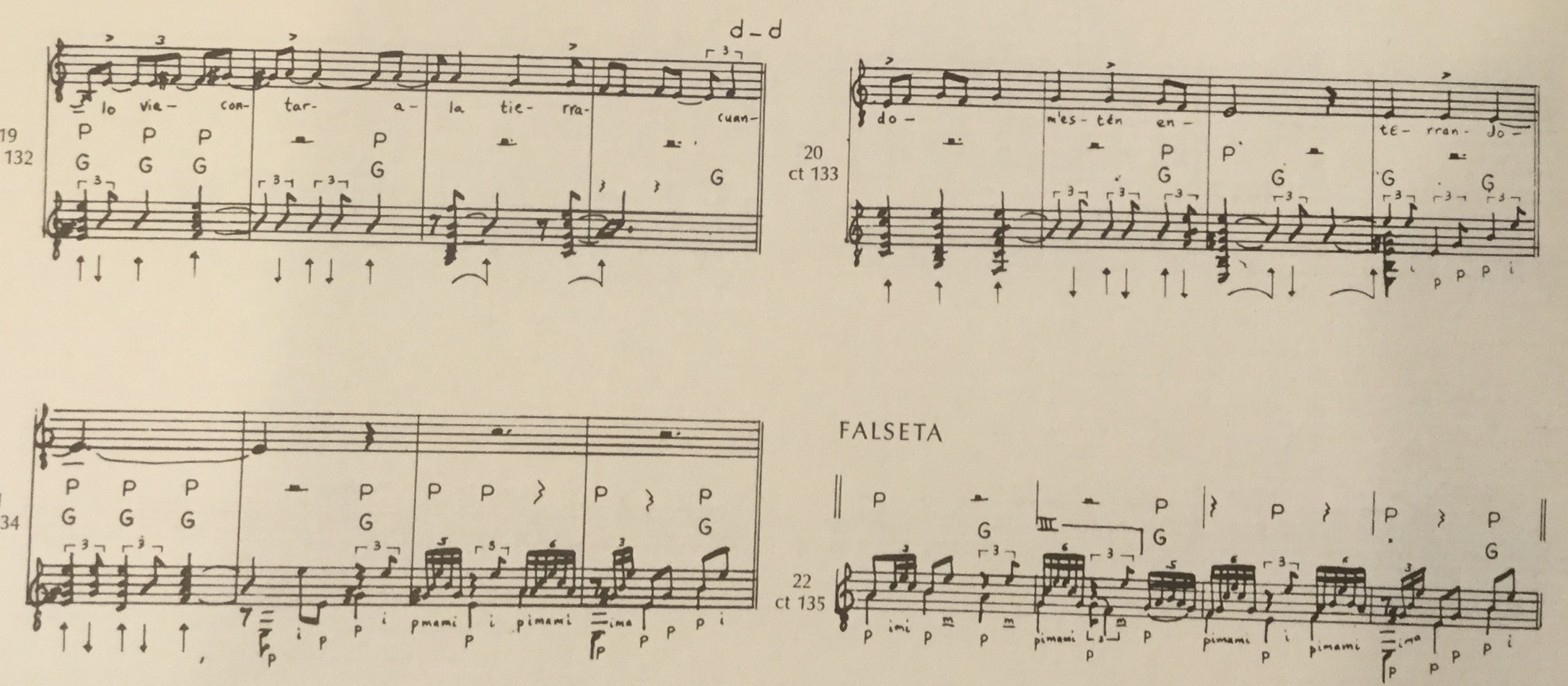
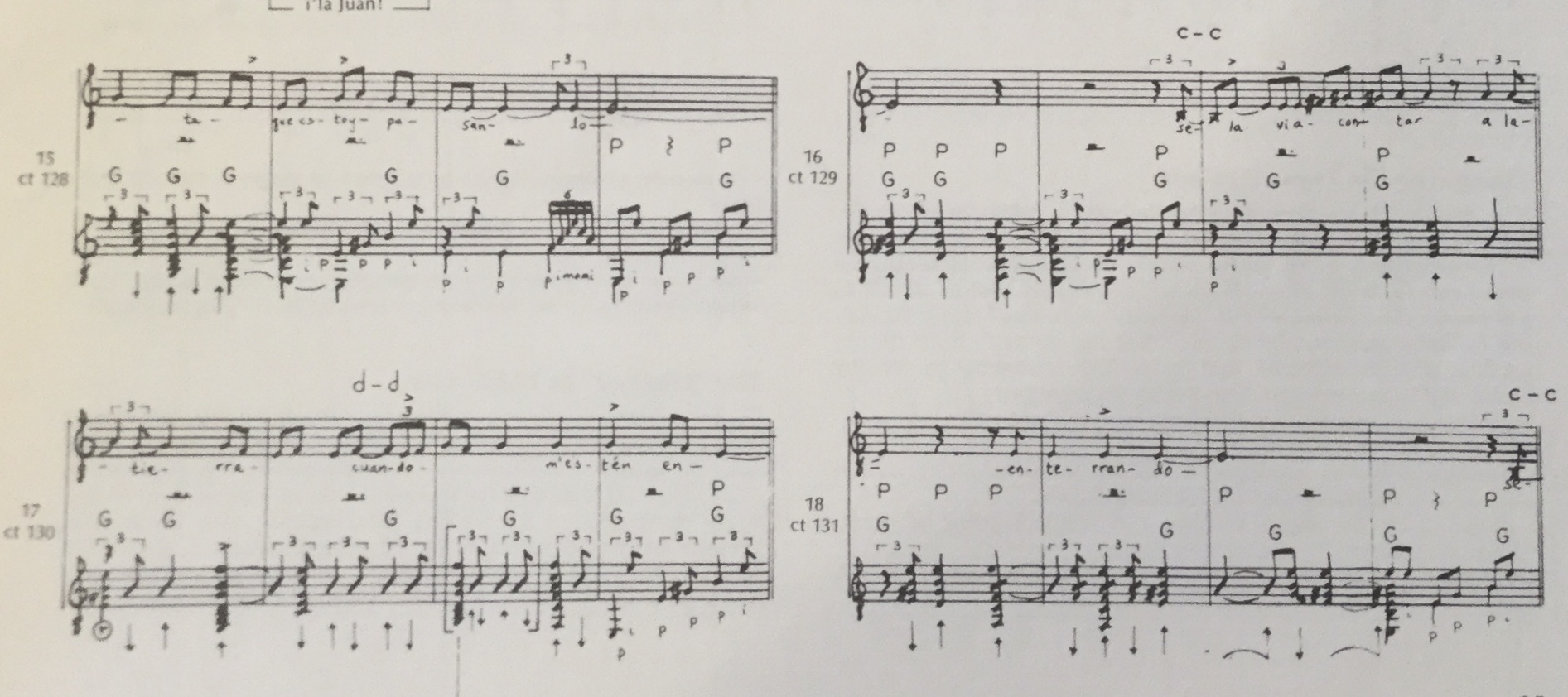

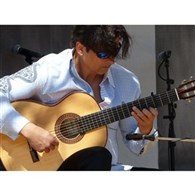
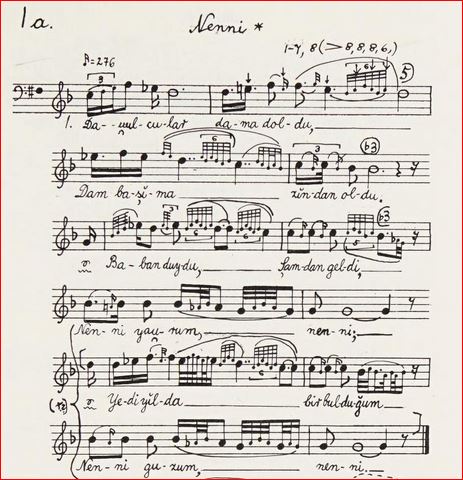

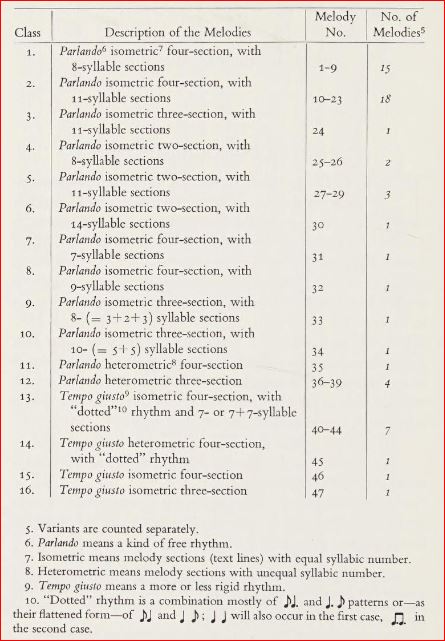
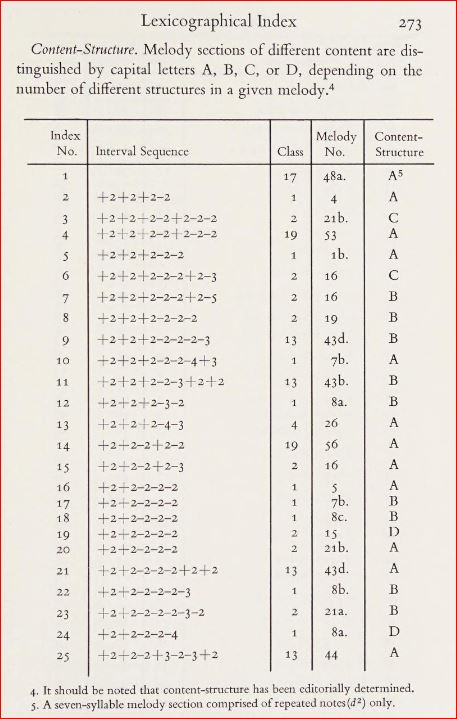
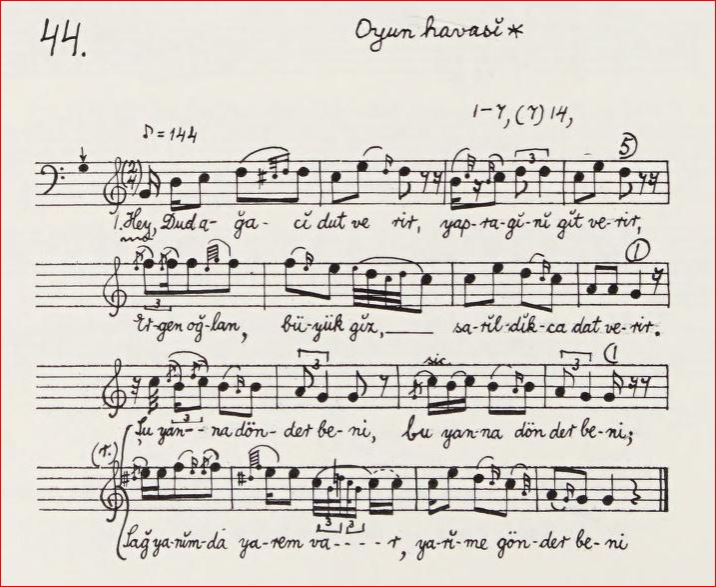
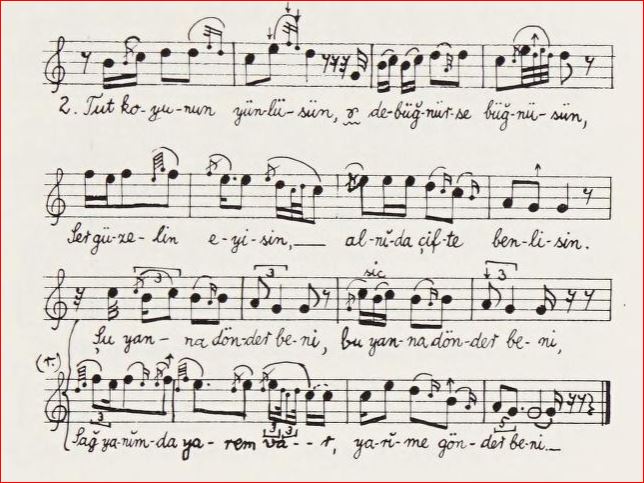
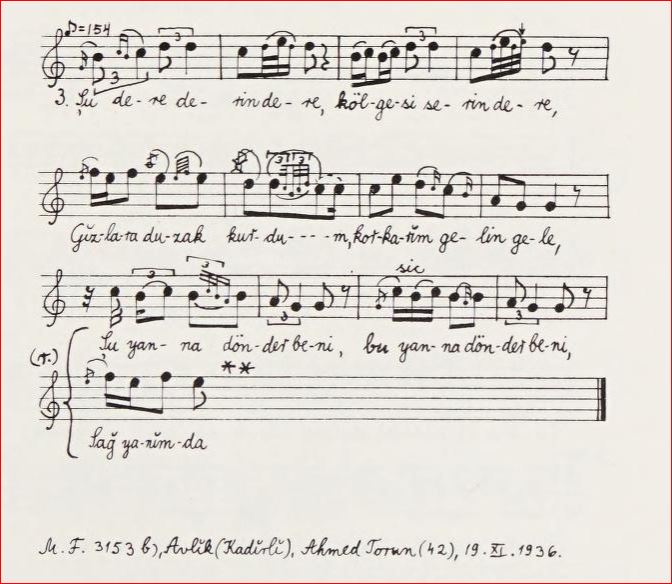
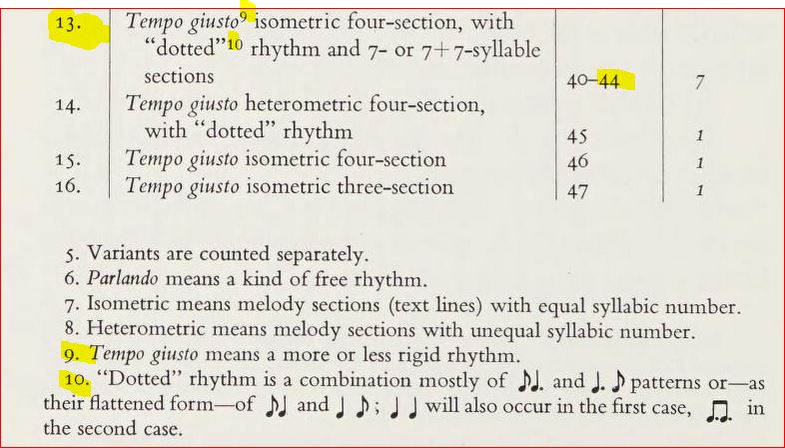
 New Messages
New Messages No New Messages
No New Messages Hot Topic w/ New Messages
Hot Topic w/ New Messages Hot Topic w/o New Messages
Hot Topic w/o New Messages Locked w/ New Messages
Locked w/ New Messages Locked w/o New Messages
Locked w/o New Messages Post New Thread
Post New Thread